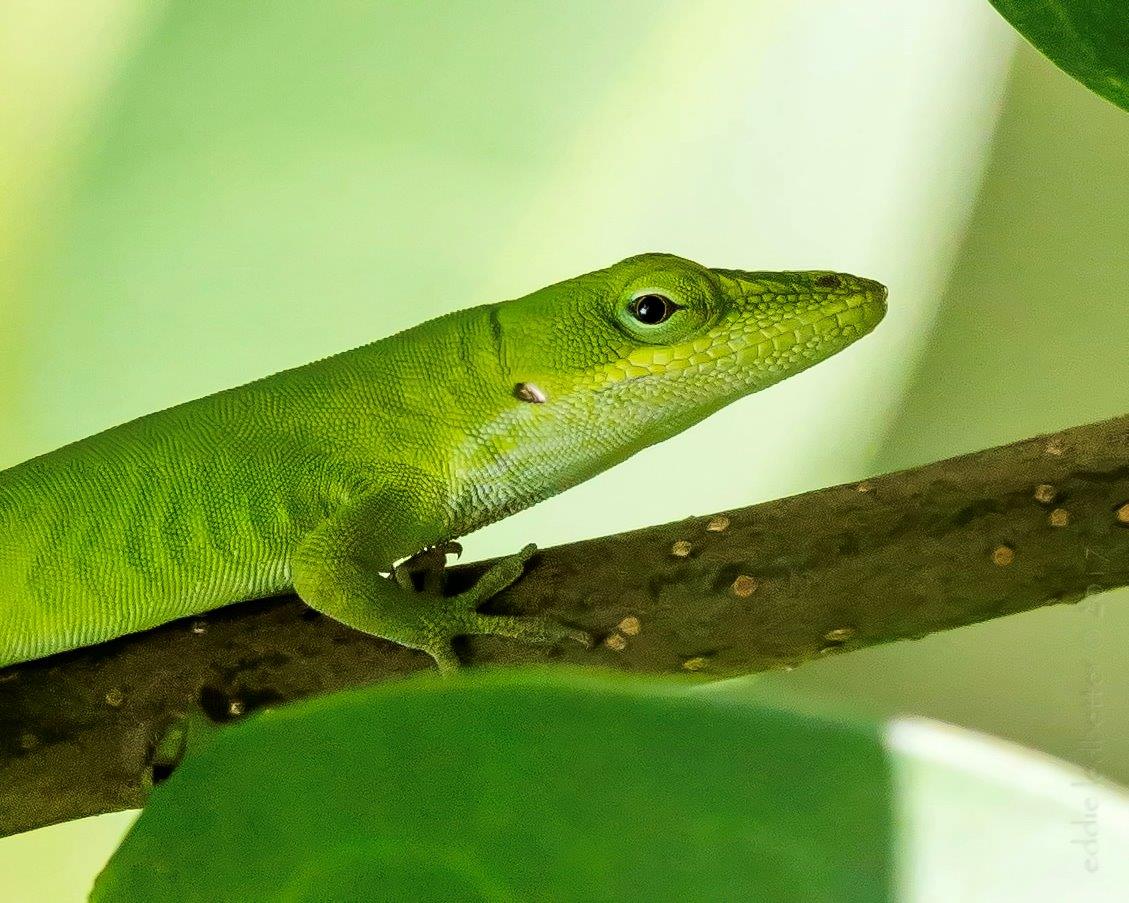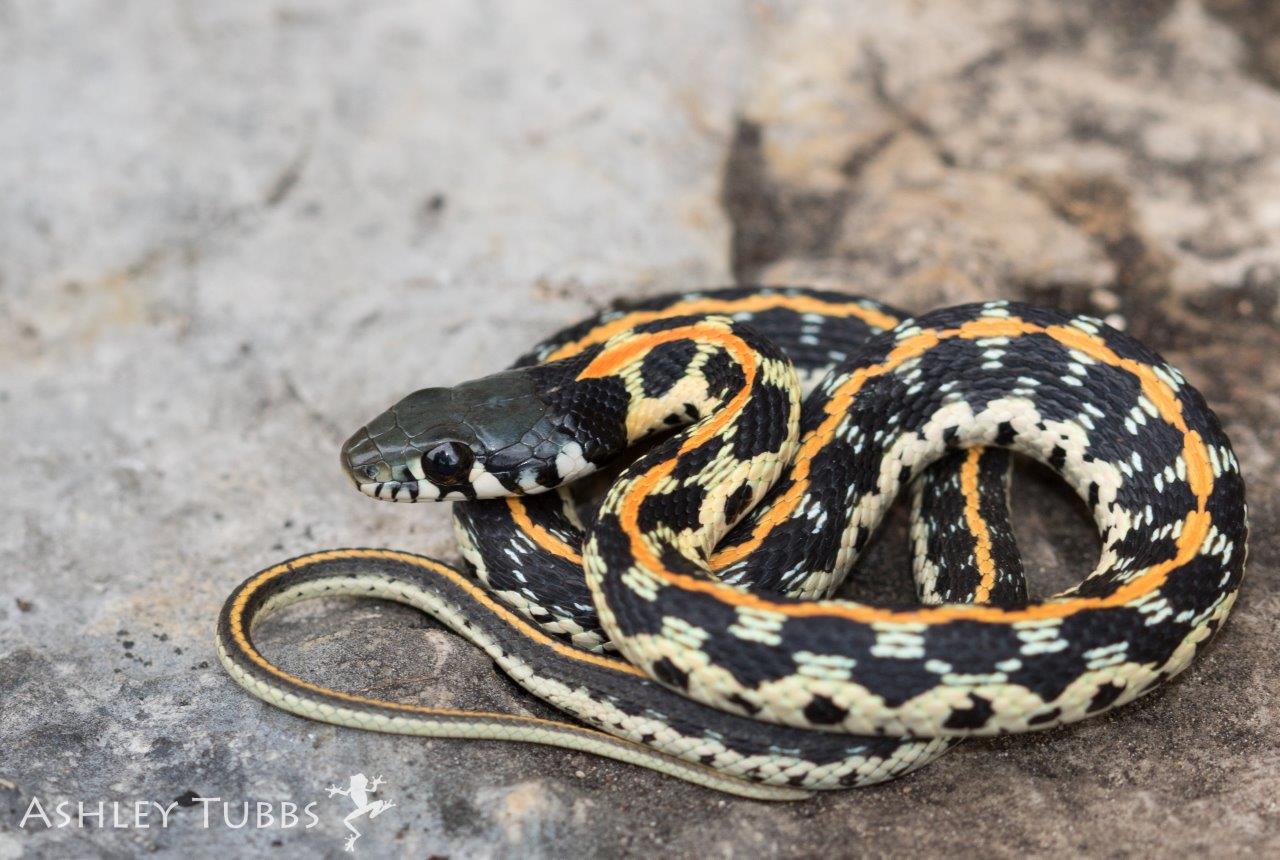
Louisiana Exotic Animal Resource Network
Rescue Locally. Educate Globally.

We are used to our body acclimating to a narrow temperature range and most of us are used to adjusting a thermostat if things are not just right. We can put on or take off clothes to make ourselves comfortable. We are so used to being comfortable that it may not be easy to perceive that an animal in our care might not feel the same way. A great many herps in the pet trade are tropical animals. They do not usually come from a land where it is a constant 72°F and 30% humidity like our houses. They often either come from hot and dry areas (e.g., Bearded Dragons, Leopard Geckos) or hot and humid ones (e.g., Ball Pythons, Green Iguanas). Forcing them to accept the same temperatures as us is akin to you sitting in a house that is 20° too cool and not having a coat or even long sleeves. That would get old pretty fast for most of us.
Simply cranking up the heat is not the solution. Ectotherms must be able to move closer to or further from their heat source as needed for their metabolic processes to function correctly. This includes digestion, energy levels, immune function, and more. Like you, they know when they feel too cold or too hot. If you create a gradient for them to select from, they can take it from there. It is worth noting that gradients need not always be side to side. Heat from above and safe climbing structures, for example, create vertical gradients that work just as well or better for some animals.
This also holds true with humidity for most species. If you’ve ever been in the desert heat or biting cold and experienced the discomfort of your sinuses feeling like sandpaper, you can imagine what it must be like for an animal adapted to the rainforest to be stuck in our homes with the air conditioner working to remove all the moisture from the air. Yet again, the solution is not to make their home a swamp. Try solutions such as plants, misting one side, or a soaking dish to make sure they have a way to select their own comfort zone.
Though often overlooked, gradients hold true for visible light and UVB rays as well. If you’ve ever felt the need to don sunglasses, you can probably understand an animal being uncomfortable if they are unable to escape a blazing light 8” from their face for 12 hours a day.
This short post is not enough to impart all the subtle aspects of creating, monitoring, and adjusting these gradients. Hopefully, it gets you thinking about how to provide your animals options to choose from. Naturally, you will need to adjust the high and low ends of these ranges to meet the various needs of different species.
L.E.A.R.N. recommends reading a printed book on the species you are considering caring for, developing a relationship with an appropriate veterinarian, and researching the animal’s native habitat with the goals of understanding and duplicating that environment as much as possible. If you follow these guidelines and provide an appropriate diet for your animals, you will likely have years of enjoyment ahead with your healthy and happy pet. Speaking as an animal rescuer and rehabber, I can tell you from experience that most of the animals I have treated over the years would not have been in such poor condition if their owners had followed this advice. Hopefully, you can learn from their mistakes!
